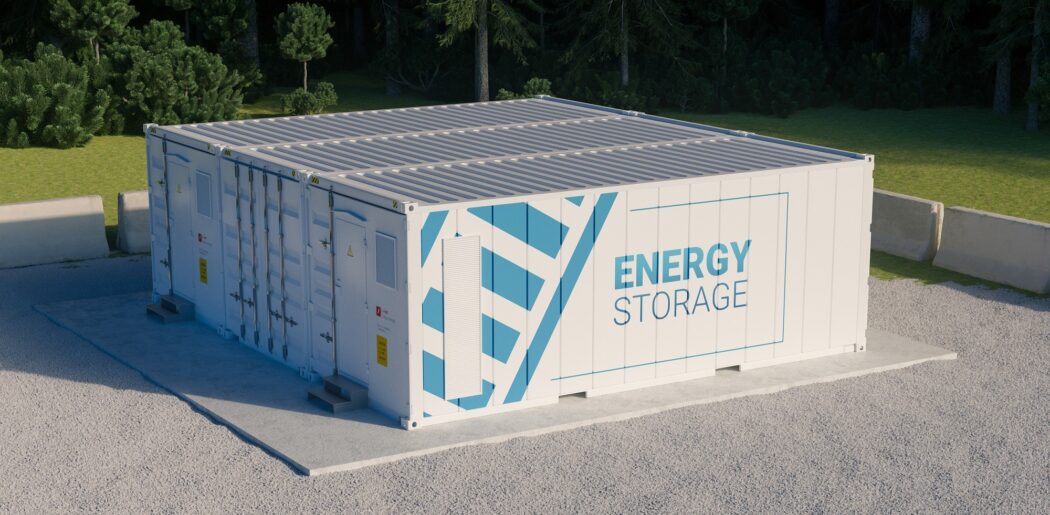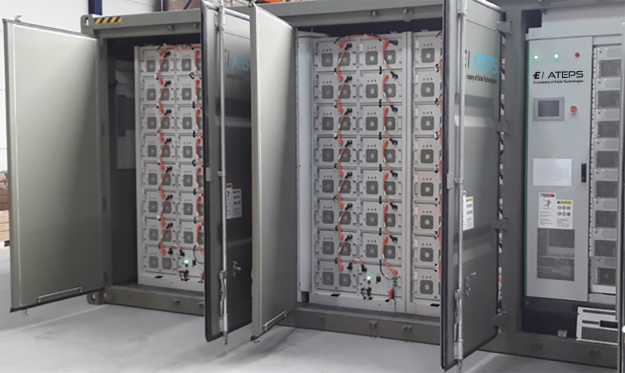Huawei FusionSolar Safeguards BESS With Smart String ESS
Huawei FusionSolar incorporates fire, electrical, structural, and artificial-intelligence-based safety features into its Smart String energy storage system solution.
The photovoltaic (PV) and smart energy storage solutions provider, Huawei FusionSolar, recently informed its customer base of the safety-enhancing features of its newly released Smart String energy storage system (ESS) solution.
An energy storage system (ESS) solution. Image used courtesy of the PWA Planning Group
BESSes Store Electrical Energy
A battery energy storage system (BESS) is a device that stores electrical energy. It can be used to power electrical grids, support the reliability of the grid, and store excess electricity for later use. BESSes are also known as grid-scale batteries or large-scale batteries.
The most common type of BESS is lead-acid batteries. These are produced by companies such as Exide Technologies and East Penn Manufacturing Company.
One use case for a utility-scale BESS involves providing an uninterruptable power supply to industries worldwide, whether they be manufacturing or automotive. Among the company’s technologies is its containerized 20-foot energy storage solution. The 1.0-megawatt (MW), 1.1-megawatt-hour (MWh) capacity solution is designed with a flexible, modular configuration to enable strategic placement in a variety of locations.
Exide’s compact, modular 20-foot containerized BESS solution. Image used courtesy of Exide
Exide’s container solution can allow users to capture renewable energy when demand is low and release it when demand and price are high to save costs—a process known as peak shaving. The solution can be used off-grid or as part of a microgrid system, connecting to different power sources and storage devices to cut carbon emissions and save on operational costs.
If a utility-scale BESS were to fail for any reason and come offline, this could mean no power for residential homes and industrial facilities. An offline BESS can also disrupt connected renewable energy systems such as wind farms. Without the connection to a BESS, a wind turbine might need to be switched off to avoid load strain on the main power grid.
Lithium-ion Batteries Can Be Used in BESSes
In addition to lead-acid batteries, lithium-ion batteries (LiBs) are also used in BESSes. Lithium systems are known to provide shorter charging times, a higher energy density, and lower losses during charging and discharging compared with lead-acid systems.
Despite the attractive qualities of LiBs, there are also some disadvantages associated with the flammability of their liquid electrolyte (LE). High external temperatures or humidity can lead to accelerated battery aging and subsequently, short circuits, insulation failures, and thermal runaway.
Other factors, including manufacturing quality and battery monitoring failure from poor coordination and configuration can also lead to problems with LiB-based BESSes.
Failure can also result from inconsistent communication between the energy management system (EMS), battery management system (BMS), and energy conversion system (ECS).
FusionSolar’s Smart String ESS Solution
FusionSolar is offering the Smart String ESS solution to help customers monitor, manage, and optimize BESSes at the pack and rack level. The solution is designed with multiple layers of safety protection:
Fire safety is possible with the incorporation of humidity, temperature, and smoke sensors. These sensors can detect a flammable gas and automatically exhaust it. A substance is then released to extinguish any potential fire.Overcurrent protection is also provided through both the hardware (four-level active control) and software (two-level physical isolation) software. If overcurrent is detected, the BMS can limit the level of current of battery racks and packs. If a problem with the system escalates, it can be shut down from the hardware side. A fuse and circuit breaker ensure the fault does not spread from the system level.
The Smart String ESS solution also ensures that battery pack terminals have no voltage running through them during installation and transportation, helping to safeguard operations and maintenance (O&M) and construction crews from accidents.
As a further measure for fire prevention, the FusionSolar Smart String ESS Solution isolates rack-level optimizers, batteries, and fire cabins. An ingress protection (IP) rating, IP55, protects against dirt, dust, oil, and other non-corrosive materials.
Additionally, a patented artificial intelligence (AI)-based algorithm detects internal short-circuits at the level of the battery to provide early warning, detection, and multi-layer linkage protection.







